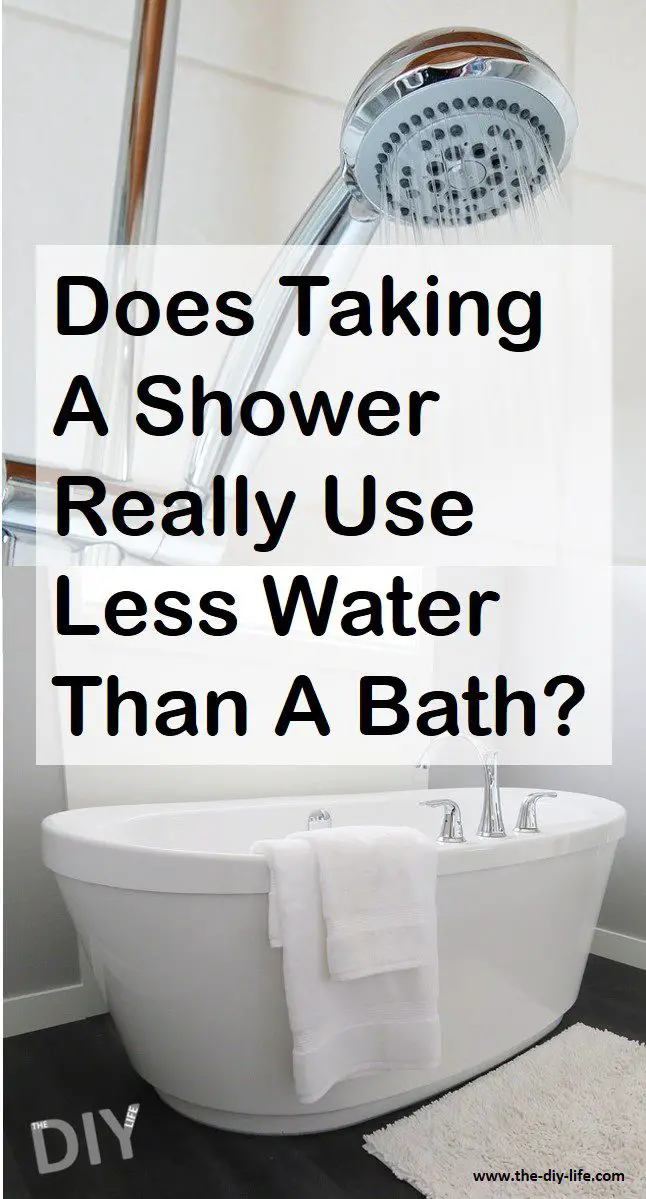It’s long been the belief that taking a shower uses less water than a bath and that one of the steps in going-green was to save water and money by simply taking a shower more often than bathing. But new research into the bathroom habits of 100 families has revealed that showers can actually land up using more energy and water than your bath, up to twice as much in some cases. It all depends on how long your typical shower lasts.
With an ordinary shower head (non-water saving or regular flow rate) the magic number is around 8 minutes. If your typical shower routine takes longer than 8 minutes with the water running then you’re using as much water as you would have if you had taken a bath. So next time you’re in the shower, try to be mindful of how long you’re spending in there and consider doing things like shaving or washing your hair in a bath rather as you’ll likely end up using less water.
You can also reduce your shower’s water consumption by installing an eco-friendly or low flowrate shower head, it’s really easy to do, all you need is a spanner or plumbing wrench.
Data shows that an individual’s water usage has been on a steady upward trend since the middle of the 20th century. People are living in smaller households and there are more and more single people living on their own. People used to wash a load of clothing once a week, where washing machines are now used every two or three days. People are also taking multiple showers per day, especially those who enjoy a daily workout.
Estimates vary quite significantly, but on average, individuals tend to use around 150-200 litres of water per day.
Here is where all that water is going:
Down the Toilet – Literally
Nearly a third (30%) of all of the water piped into domestic homes lands up being flushed straight back into the sewer. According to Waterwise, a typical household flushes their toilets around 5,000 times a year. While water saving toilets with less water capacity and dual flush mechanism are becoming more and more common, there are still a significant number of older toilets being used. Once of the best way’s to save water in your home is by upgrading your toilets or simply the flushing mechanisms.
Baths and Showers
The next biggest water use is on bathing and showering, which accounts for around a quarter (25%) of your typical household water use. Save water by installing reduced flow shower heads and limiting your showers to 5 minutes or less.
Washing Clothes
Washing your clothes accounts for around 15% of your household water consumption although the amount of water you use on washing depends heavily on your washing habits as well as the technology used in your washing machine. Modern washing machines use less than a quarter of what older machines use and only washing full loads also presents an opportunity for saving.
Other Water Uses
The next few items account for less than 10% each but there are still opportunities for savings with each of them.
Washing up the dishes uses up around 8% of your daily water consumption, with most modern dishwashers actually using less water and energy than washing dishes by hand. So you can save water and energy by using or getting a dishwasher.
Watering gardens and your lawn accounts for around 7% of the average household’s water consumption.
Drink water accounts for just 4% of the water coming out of your tap.
Simply being more aware of your water usage is a good start to becoming more environmentally conscious. What are some of ways you’ve managed to save water in and around your home? Let us know in the comments section below.
Share These Tips


